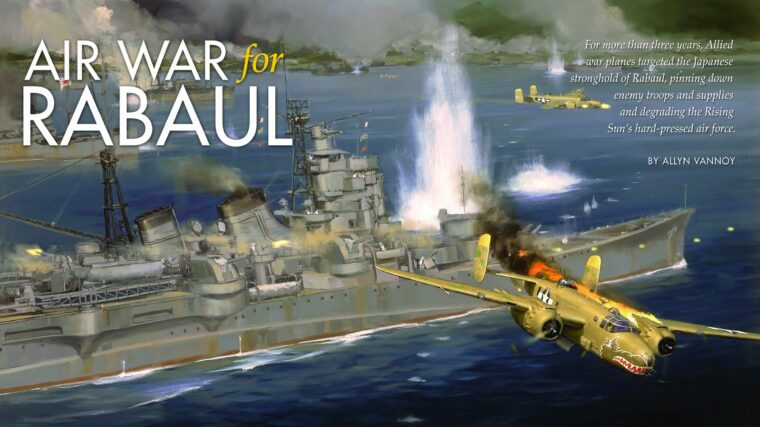
December 2008
Military Heritage
The Air War for Rabaul
By Allyn VannoyOn February 23, 1942, one month after Rabaul had fallen to the Japanese, six B-17s of the U.S. Read more
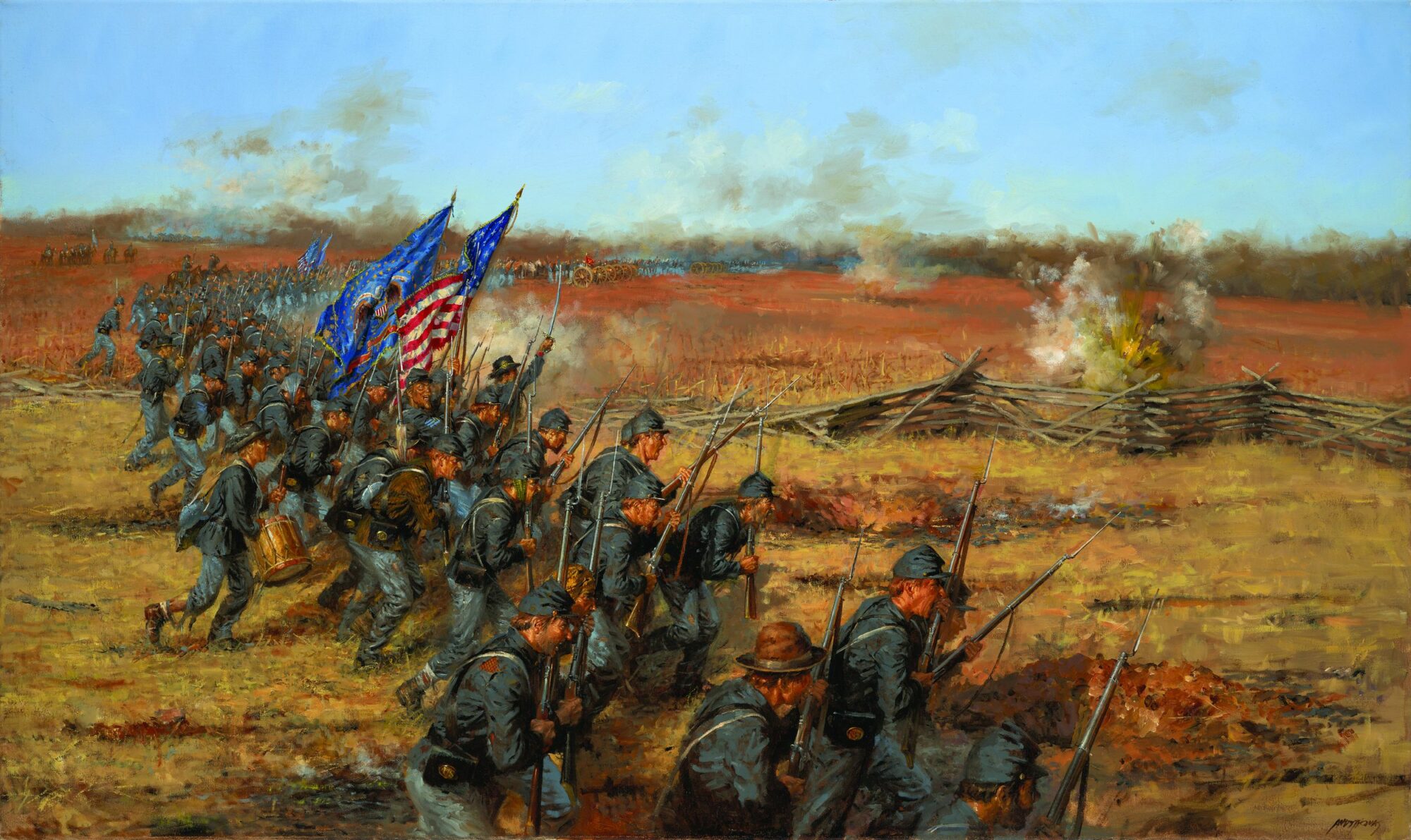
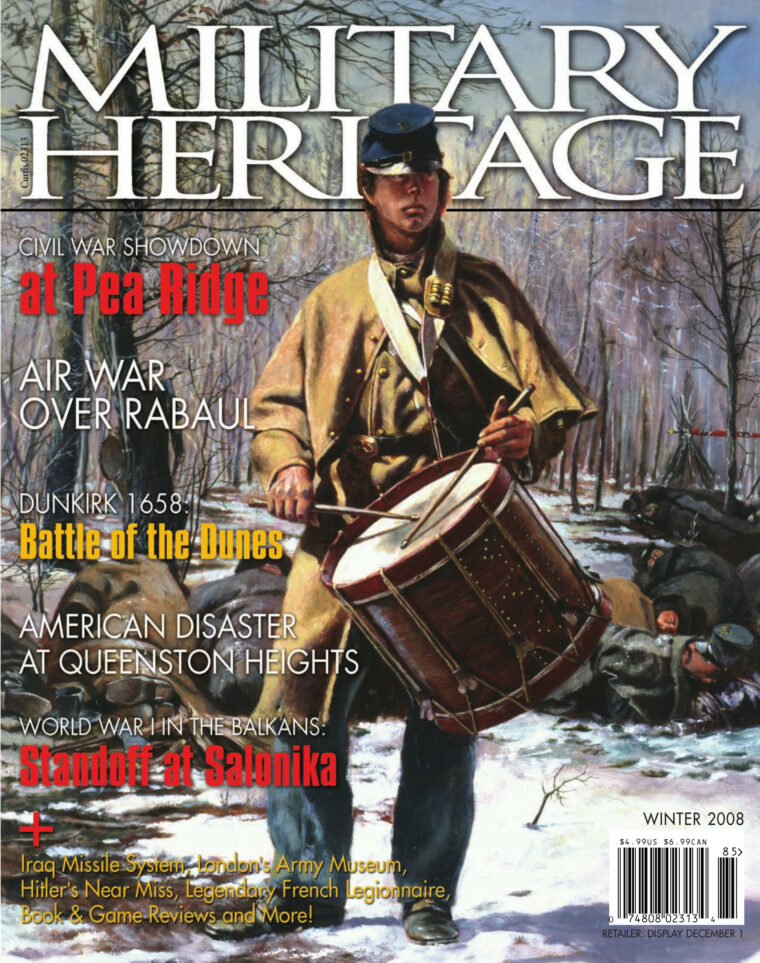
Volume 10, No. 3
COVER: A Confederate drummer by Don Troiani, www.historicalartprints.com.

December 2008
Military Heritage
On February 23, 1942, one month after Rabaul had fallen to the Japanese, six B-17s of the U.S. Read more
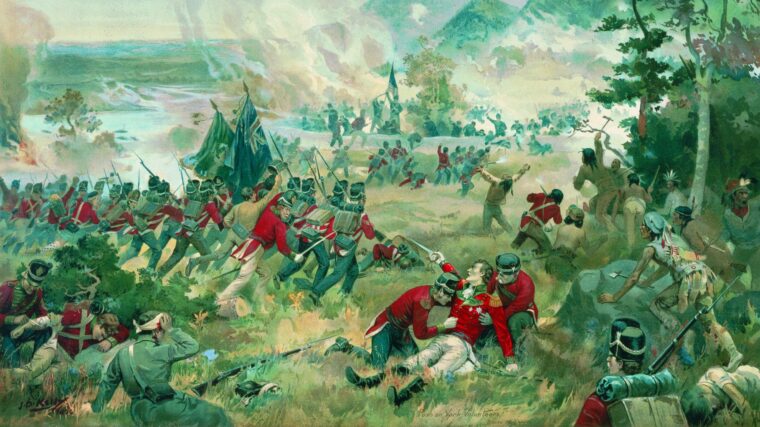
December 2008
Military Heritage
In June 1812, the United States, provoked by arrogant British actions on the high seas and its support of hostile Indians in the Northwest Territories, declared war on Great Britain and immediately began planning an invasion of British-held Canada. Read more
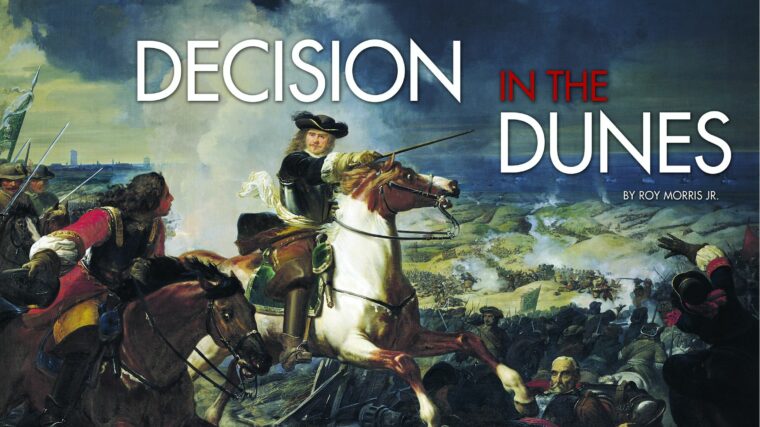
December 2008
Military Heritage
The cold North Sea surf washed over the boots of the advancing English infantry of Oliver Cromwell’s New Model Army as they tromped through the drifting sand dunes across the beach at Dunkirk on the morning of June 14, 1658. Read more
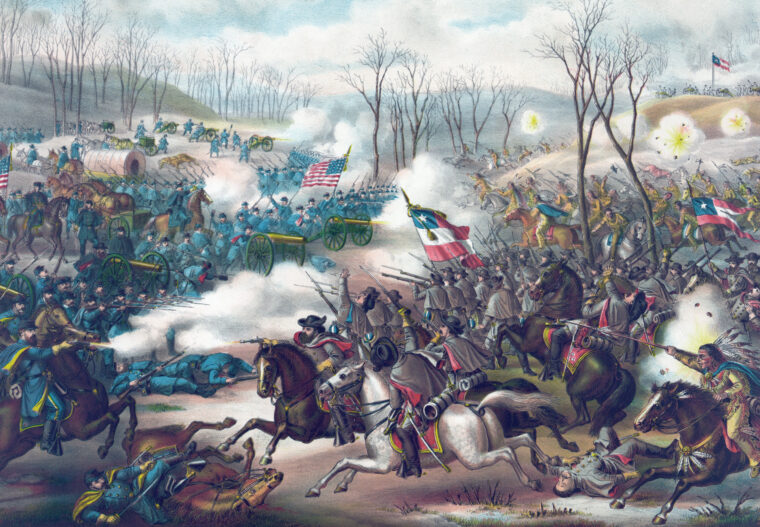
December 2008
Military Heritage
For three weeks in February 1862, Union Brig. Gen. Samuel Curtis led his Army of the Southwest on a 200-mile advance southward across the Ozark plateau in Missouri and into northern Arkansas. Read more
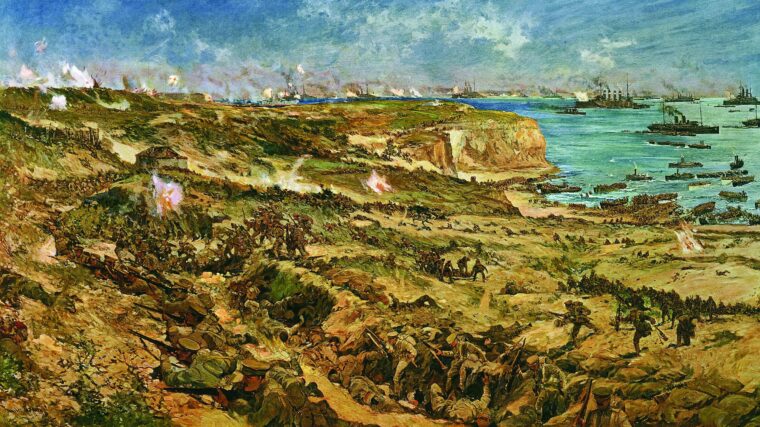
December 2008
Military Heritage
The Germans mocked it as their largest prisoner-of-war camp, and French Premier Georges Clemenceau was hardly less withering in his opinion of the Allied stronghold at Salonika, Greece. Read more
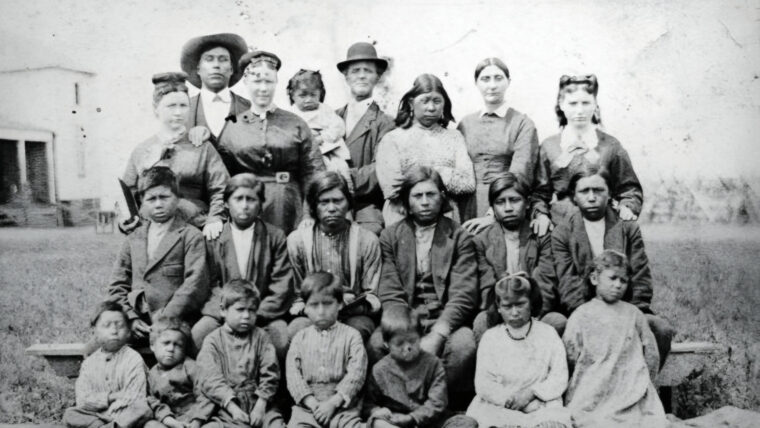
December 2008
Military Heritage, Editorial
While many Cherokee, Choctaw, and Chickasaw Indians threw in their lot with the Confederacy, fighting alongside southern troops at the Battle of Pea Ridge in March 1862, a more northern-based tribe—the Ottawa—chose to remain loyal to the Union, in the forlorn hope that its willingness to fight for the white men’s country would help preserve its increasingly imperiled way of life. Read more
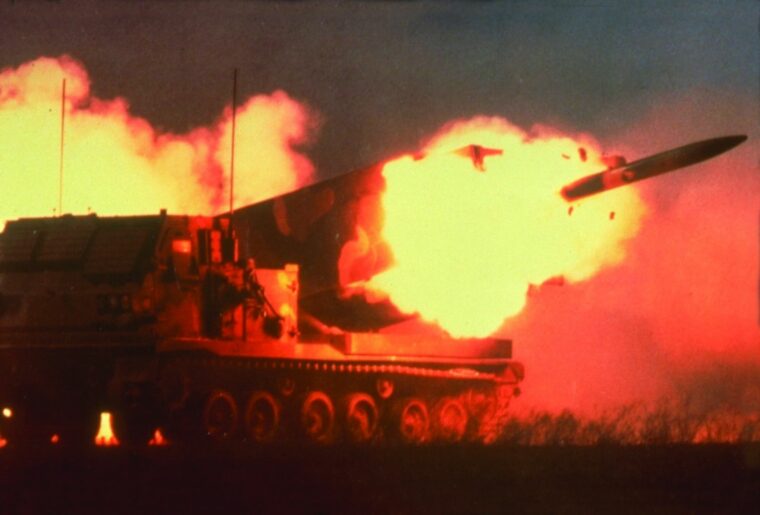
December 2008
Military Heritage, Weapons
On February 24, 1991, the ground phase of Operation Desert Storm began. Over the next four days, the soldiers of an international coalition, formed to eject the Iraqi army of Saddam Hussein from the neighboring nation of Kuwait, carried out a whirlwind offensive that quickly overwhelmed their foe. Read more
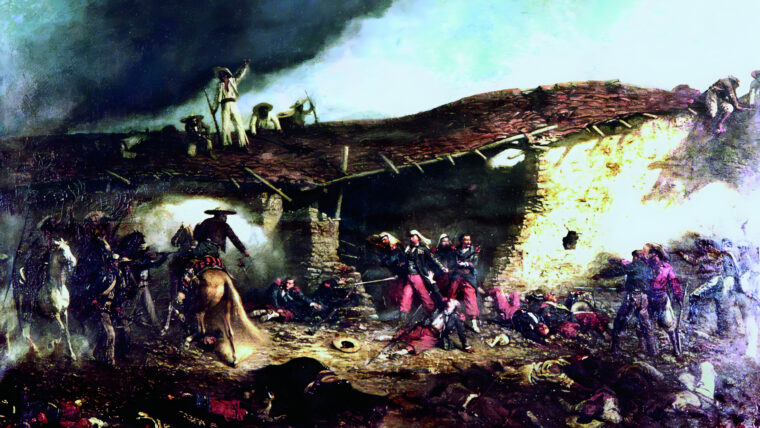
December 2008
Military Heritage, Soldiers
Near Marseilles, at Aubagne, stands the modern home of the French Foreign Legion. Its spotless grounds include a massive stone pile, the Monument aux Morts, which commemorates the Legion dead of the past 175 years. Read more
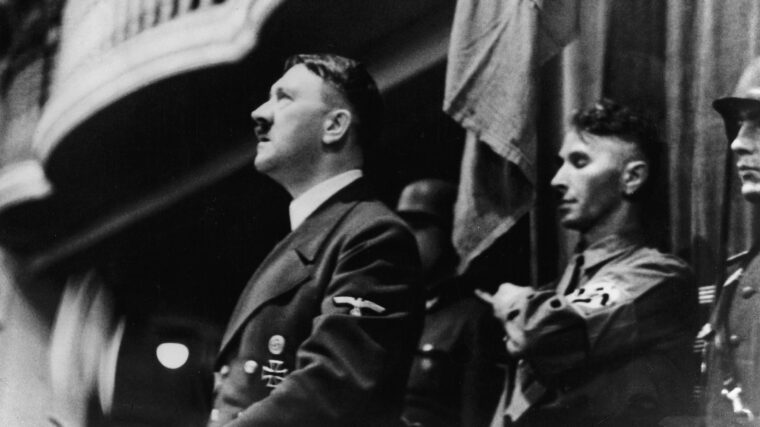
December 2008
Military Heritage, Intelligence
At exactly 8 PM on November 8, 1939, German Chancellor Adolf Hitler strode briskly into Munich’s Burgerbraukeller beer hall at the head of his glowering entourage, brushing past a forest of hands raised in the Nazi salute. Read more
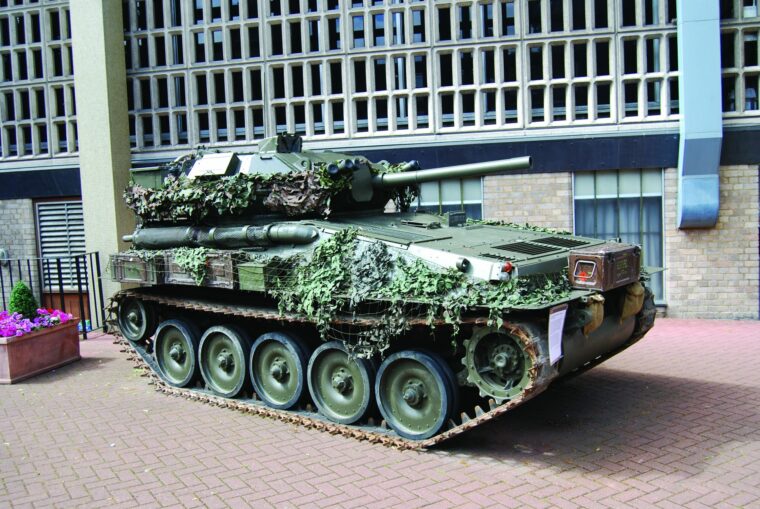
December 2008
Military Heritage, Militaria
The city of London practically overflows with military history. Predating the Romans, London has been the seat of government ever since it was fortified by William the Conqueror in the 11th century. Read more
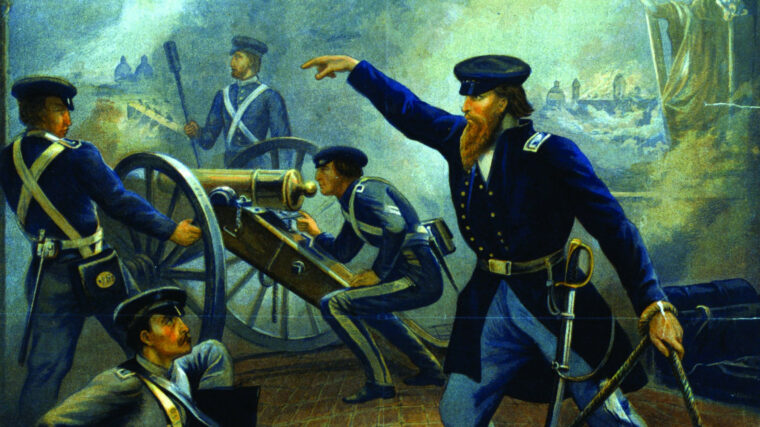
December 2008
Military Heritage, Books
When war with Mexico erupted in 1846, the United States was woefully unprepared. The regular army was well below its authorized numbers and could only field slightly more than 5,000 officers and soldiers. Read more
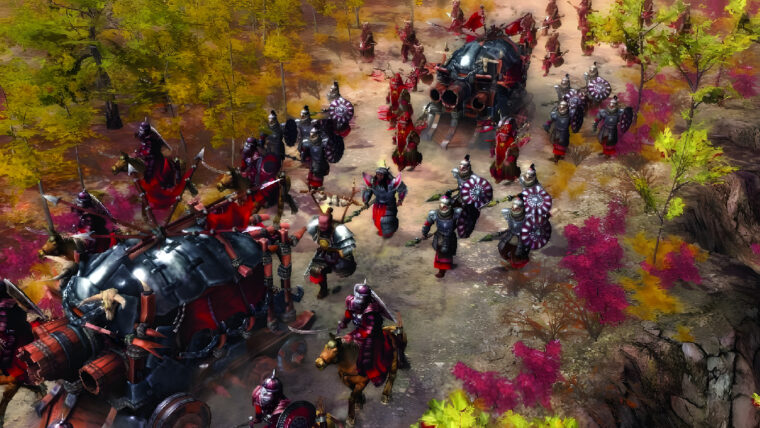
December 2008
Military Heritage
The Golden Horde from WordForge for the PC is a real-time strategy game set during the 13th century, right after the death the Genghis Khan. Read more